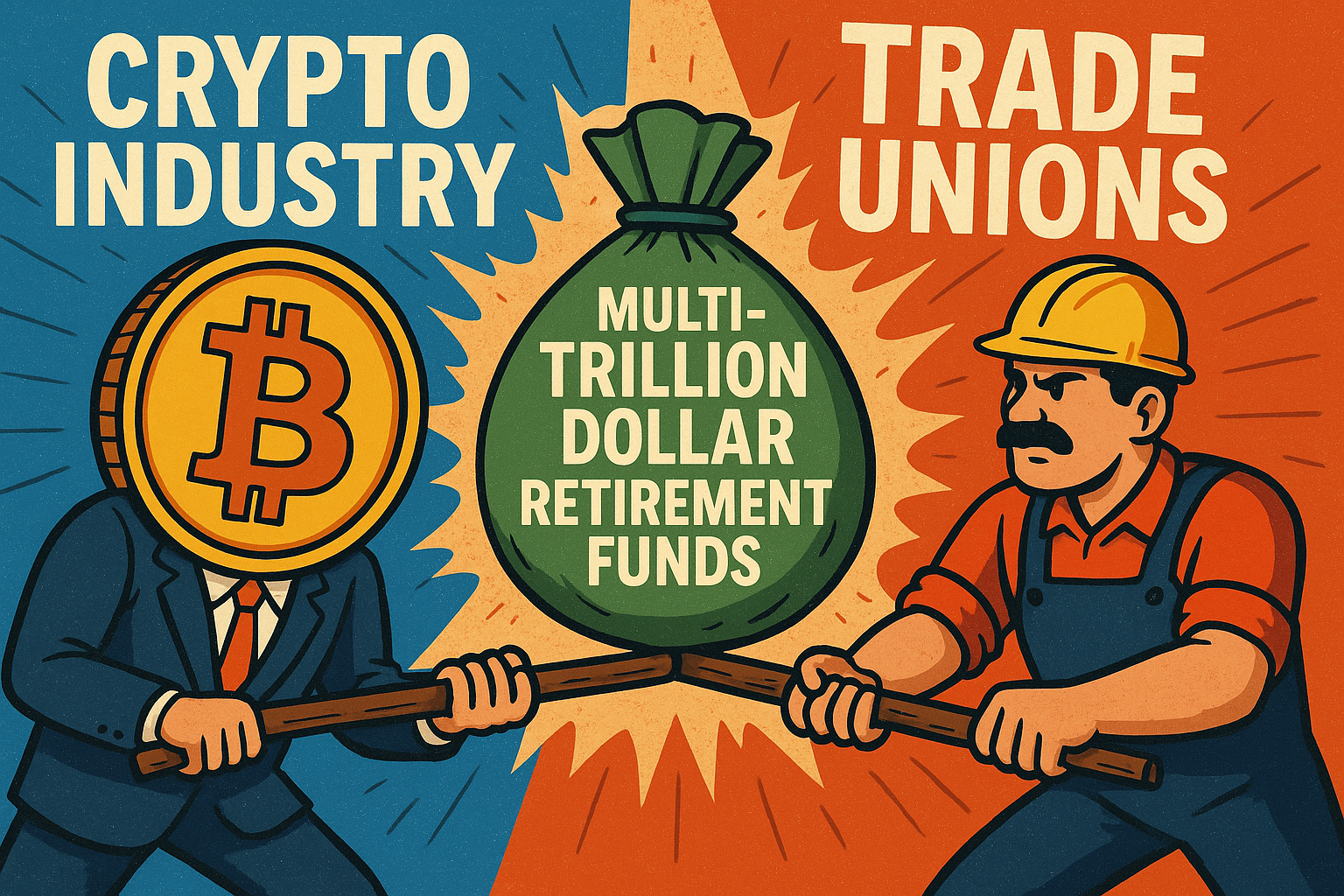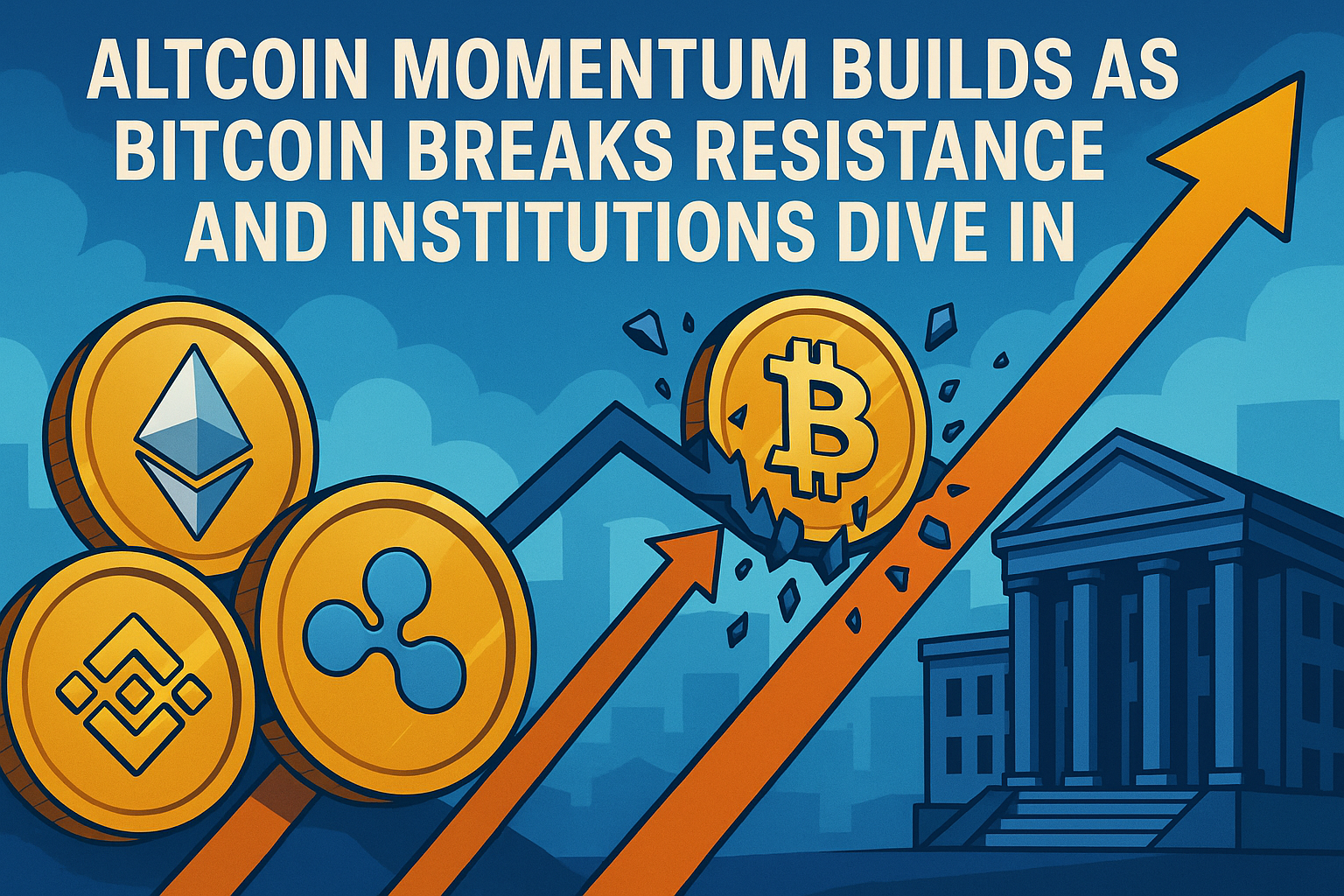Table of Contents
In the fast-moving world of digital finance, innovation has created different types of assets and currencies capitalizing on blockchain technology. Central Bank Digital Currencies (CBDCs) and stablecoins stand out among blockchain-derived currencies as having a high probability of global adoption and utility. However, anyone new to blockchain or fintech may find it hard to distinguish between them.
Governments and institutions, while at times objecting to bitcoin and other types of crypto, have warmed more to the idea of setting up CBDCs and using stablecoins to facilitate transactions. This progress is because the concepts behind CBDCs and stablecoins are more familiar and thus easily assimilated into the current financial infrastructure. They also allow a measure of control that is impossible with a completely decentralized currency like Bitcoin.
CBDCs and stablecoins have essential distinctions that drive their future use and potential.
Stablecoin and CBDC projects continue to be developed worldwide and signal a time of significant change for finance, giving rise to further digitization. Each has pros and cons, and we are here to examine these properties more deeply.
What are CBDCs?
A Central Bank Digital Currency, or CBDC, represents a country's official currency and is thus minted and issued by a central bank. The central bank fixes its price or value. Its value is, therefore, equivalent to a country's fiat currency.
Blockchain technology introduced a surge in the exploration of digitized fiat currencies. Instead of being backed by a specific asset, physical commodity, or algorithm, as in the case of some stablecoins, they derive their value from a government's full faith and backing, just like their fiat equivalents.
While physical currency is still widely accepted, developed countries are experiencing a decline in its use. The pandemic further accelerated the switch from physical to digital. The digital transition of physical currency is not just limited to ordinary daily transactions. It is also expanded to the institutional level, such as interbank transfers. Hence, there are two kinds of CBDCs:
Wholesale CBDCs
As the name suggests, wholesale CBDCs are designed to meet the needs of financial institutions. They are an instrument for large-scale settlements and transactions. They work like central bank reserves because they represent bank-level reserves—money institutions must hold in central bank accounts. Such accounts and reserve requirements guarantee financial stability.
Therefore, payment processors, corporations, and commercial banks can hold wholesale CBDCs in their central bank accounts. Transactions or settlements work by debiting the account with net obligations and crediting the account with a net claim.
Wholesale CBDCs are extremely useful in this scenario. With blockchain technology, they can be programmed to execute complicated conditional transactions. For example, they can facilitate a transaction wherein a payment only settles when another asset has been delivered.
Furthermore, with CBDCs on the blockchain, central banks can program them to execute monetary policy. CBDCs can be designed to hold reserve requirements, set interest rates, and influence lending, all with minimal human oversight.
Retail CBDCs
Retail CBDCs are mainly directed for use by businesses and consumers. One of their selling points is the elimination of intermediary risk. Intermediary risk is defined as that presented by private digital currency or crypto issuers—the chances that the company issuer might lose its assets or go bankrupt.
Retail CBDCs are further divided into two types, depending on their use:
Account-based retail CBDCs
These CBDCs require digital identification or verification to access a specific account.
Token-based retail CBDCs
These CBDCs can be accessed by public keys, private keys, or both, just like any crypto. The private-public key verification lets users execute anonymous or pseudonymous transactions.
Both wholesale and retail CBDCs are built on the same technology and can, therefore, be bridged to function in the same economy. Governments view CBDCs as creating cashless societies and boosting the digital economy.
It has the credit quality of a country's central bank and thus can achieve settlement finality for financial agreements. Even US Treasury Secretary Janet Yellen stated that a digital dollar could support faster payments and help lower transaction costs.
Other countries piloted their CBDCs ahead of the US. The Bahamas' sand dollar is already legal tender in the Caribbean. Australia, South Korea, Russia, Thailand, Brazil, and India are all developing their CBDCs, running pilot projects with their corresponding white papers. China is well ahead of the curb, as its digital yuan is used to pay salaries.
The Merits of CBDCs
When comparing CBDCs vs stablecoins, you need to evaluate their advantages over the other. Due to their origin, CBDCs enjoy built-in regulatory compliance and oversight. With central banks as their issuers, CBDCs are created to comply with existing laws and regulations. This design minimizes fraud and other illicit activities, contributing to the secure nature of CBDCs.
Just like their other blockchain-based counterparts, CBDCs can reduce transaction costs. Traditional transactions involve fees and intermediaries such as commercial banks and payment processors. By reducing friction, CBDCs make cross-border payments cheaper. Lower fees benefit businesses and consumers.
A paper recently published by the International Monetary Fund (IMF) states that central banks have prioritized financial inclusion and are considering retail CBDC. The level of financial exclusion remains high globally, with 1.4 billion people without access to the traditional financial system. Financially excluded households rely on physical cash for their payments. This method marginalizes them and alienates them from the privileges of the formal economy.
A Bank for International Settlements (BIS) survey in 2022 reported that 93% of central banks are already exploring CBDCs. About 58% consider issuing a retail CBDC within the short or medium term. To date, over 100 countries are already exploring retail CBDC issuance. Some central banks are ahead of the curb, launching pilots or viable CBDCs.
According to a Bank for International Settlements (BIS) survey in 2022, 93 percent of central banks are exploring CBDCs, and 58 percent consider that they are likely to or might issue a retail CBDC, possibly in the short or medium term (Kosse and Mattei 2023). Indeed, retail CBDC issuance is being explored in more than 100 countries. Several central banks have already launched pilots or even issued a CBDC.
CBDCs can replicate the properties of physical cash and extend access to financially excluded populations, as they can function without a bank account. They can serve as an entry point to the broader financial ecosystem and eventually into the formal economy. They can provide efficient financial services through advanced technology, including credit, insurance, and savings.
What are stablecoins?
Stablecoins are a product of the innovation of the crypto and blockchain ecosystem. They were created to mitigate volatility, as in decentralized coins like Bitcoin and Ethereum. The wild historical fluctuations of popular cryptos can introduce shocks to a holder's wealth. Sharp changes make such coins inefficient as modes of payment. Wild intraday swings could produce increased risk for both customers and merchants.
A currency that is not legal tender must be stable to become a reliable medium of exchange. This stability assures customers and merchants that the purchasing power is retained, at least in the short term. Traditional fiat currencies are a benchmark for stability, as they rarely reach daily moves of 1% in forex trading.
A stablecoin is a cryptocurrency whose value is pegged to another asset like a currency, commodity, or financial instrument. Stablecoins arose from the need to mitigate volatility in the crypto space. Many stablecoins are pegged to the US dollar, but others are tied to currencies like the Euro or commodities like gold.
Other stablecoins are backed by a reserve asset such as gold or pegged to gold's price. The resulting reduction in volatility makes stablecoins more suitable as a medium of exchange. By comparison, Bitcoin, Ethereum, and other crypto assets may fluctuate wildly, making it difficult to conduct certain transactions. Today, stablecoins represent a $125 billion market cap and garner more scrutiny from regulators.
Centralized stablecoins, the most common type, are traditionally backed by fiat money. The fiat currency is held off-chain by a bank account that functions as the reserve backing of the on-chain tokens. Other centralized stablecoins follow another asset, like an index or commodity. Centralized stablecoins are high-trust by nature, but they can build credibility by being transparent and providing proof of reserves. Tether, USDC, and TrueUSD are all examples of centralized stablecoins.
Decentralized stablecoins are often over-collateralized, which means they hold more collateral to issue a certain amount. Network participants must deposit cryptocurrency collateral, usually Ether, in an over-collateralized position. These stablecoins are less capital-efficient than the centralized ones.
Algorithmic stablecoins do not derive their stability from another asset's price; instead, they rely on algorithms that control their governance via smart contracts. Smart contracts regulate the ecosystem's supply and demand. There is no central reserve in play. Hence, algorithmic stablecoins may be considered a subset of decentralized stablecoins.
CBDCs vs Stablecoins: A Comparison
When comparing CBDCs vs. stablecoins, you must remember the rationale behind each asset's invention. CBDCs are meant to be physical cash and fiat currency equivalents. Central banks issue them to increase digital adoption and create greater financial integration.
CBDCs can also be viewed as a way to increase financial monitoring and control, something that proponents of decentralized systems find antithetical to their beliefs. For those who are conscious about regulation and regulatory compliance, however, CBDCs can be reassuring. There is no need to wonder whether they conform to government laws as central banks issue them.
Stablecoins, on the other hand, were meant to counteract the volatility commonly seen in crypto assets. Unlike CBDCs, they are issued by private entities and have varying degrees of decentralization, transparency, and regulatory oversight. Because they move into the crypto ecosystem, they make it easier to enter and exit decentralized forms without the need for bank accounts and owning fiat.
Stablecoins are the on-ramp and off-ramp vehicles of the decentralized economy. Moreover, you can exchange your stablecoins for crypto, USD, or other fiat currencies. Tether, the world's biggest stablecoin by market cap, is pegged to the USD and can be converted to legal tender on some platforms that connect with the banking system.
In terms of utility, CBDCs can be highly convenient for everyday transactions. Governments and institutions can also use them to facilitate cross-border trade. Stablecoins are more valuable as a cost-saving vehicle for international remittances, as a means of exchange in e-commerce, and as an instrument with various uses in Decentralized Finance (DeFi), including lending, yield farming, and borrowing.
In addition, stablecoins are highly popular in crypto trading and are extensively used to fund accounts and take profits. They can lock in the value of crypto investments. By converting Bitcoin, Ethereum, or other crypto to stablecoins, traders and investors can mitigate volatility in their holdings.
Those interested in growth assets and finding opportunities for their stocks and crypto investments will find stablecoins highly useful. Moreover, avid traders can benefit from subscribing to the rule breakers review by the Motley Fool. The investment newsletter offers tips and educational tools to build a portfolio's growth potential.
The Future of Digital Finance: CBDCs and Stablecoins Coexist
Soon, the lines between the traditional or formal economy and the decentralized economy may blur. Governments ensure that cryptocurrency platforms and individual traders or retail investors undergo know-your-customer or KYC verification. At the same time, crypto exchanges, blockchain-enabled platforms, and DeFi are innovating and working towards seamless compliance.
As blockchain-based CBDCs and stablecoins share the same technology, both could pave the way for interoperability between the crypto and traditional economies. Moving from digitized fiat currencies or CBDCs to stablecoins could be seamless. It is highly possible to create bridges that allow users to move from one system to another.
While there are contradictory aspects in CBDCs vs stablecoins, there are also potential overlaps. Some financial experts believe the two can coexist. Users need to increase their knowledge of CBDCs vs stablecoins to navigate the changing world of future finance.








